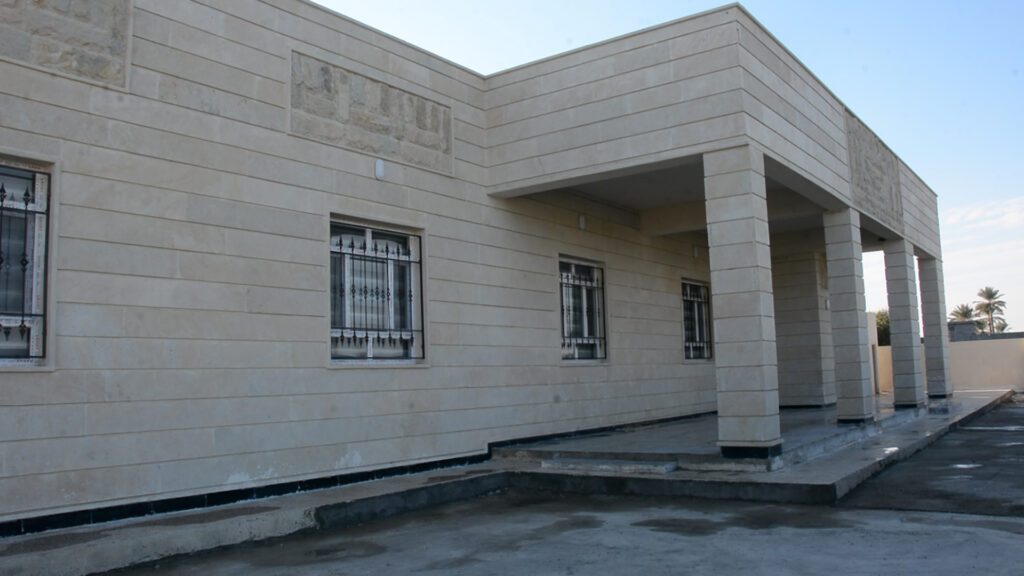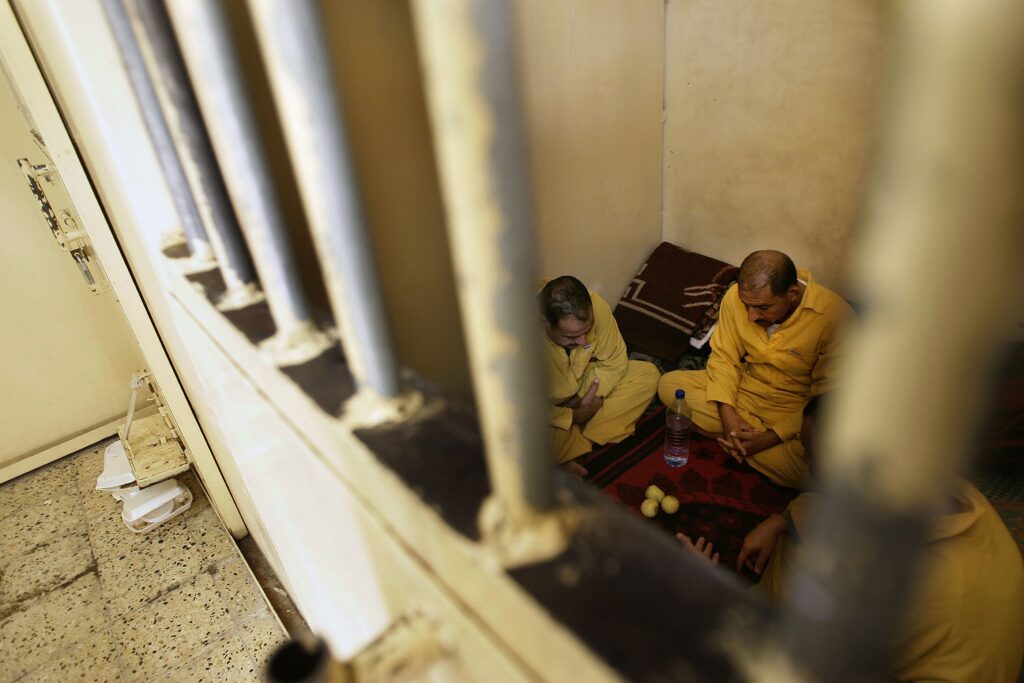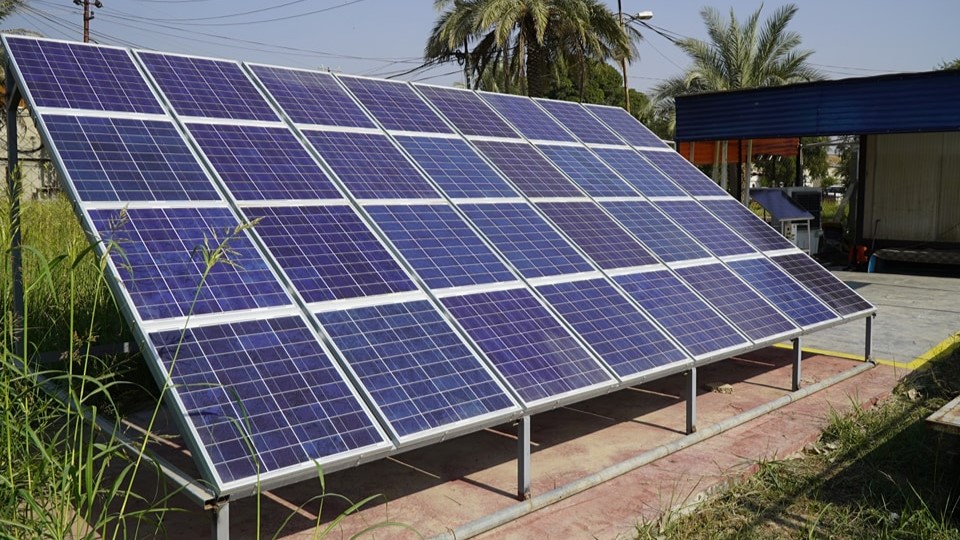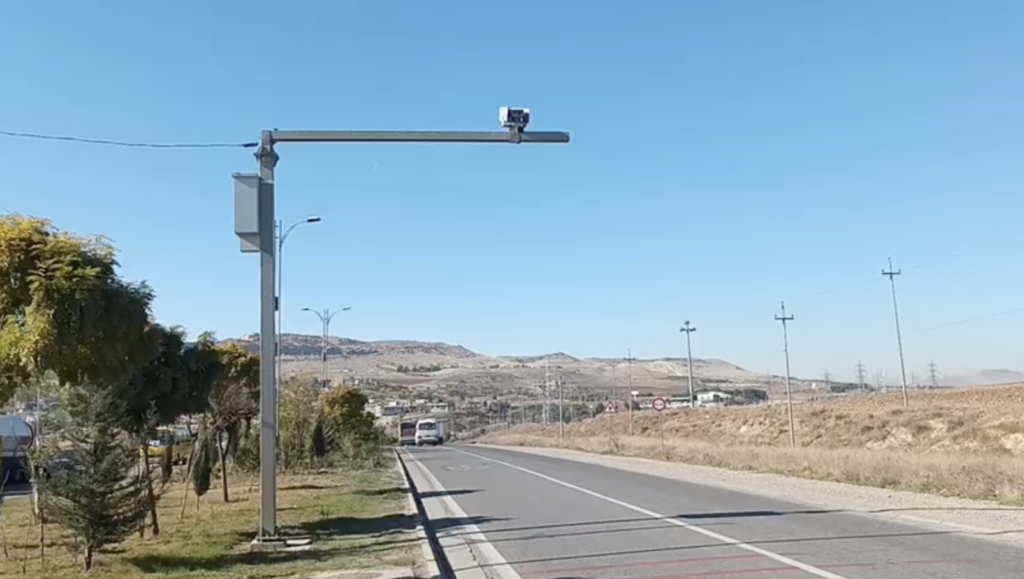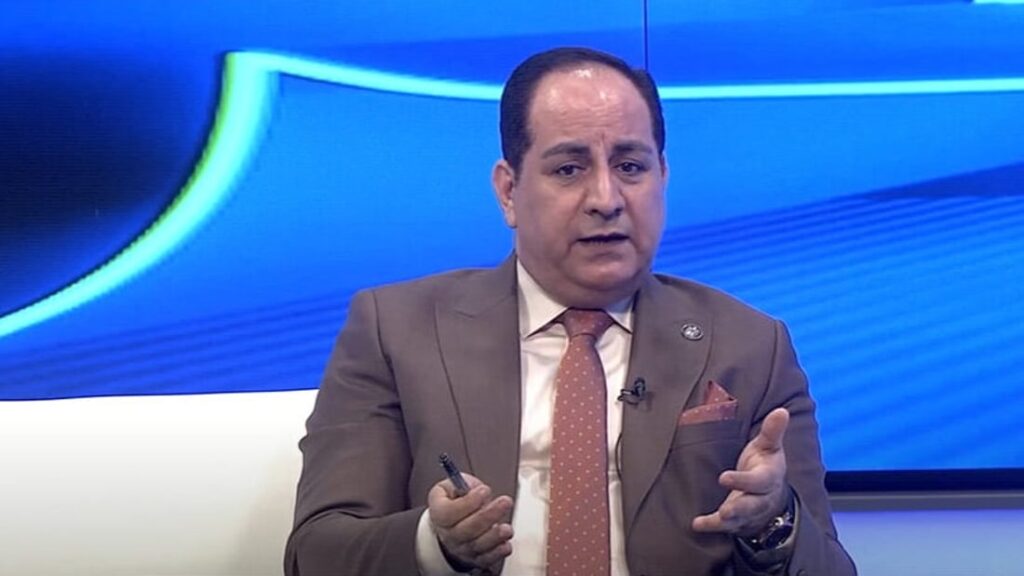World: UNICEF Supply Annual Report 2018
Partnerships and innovation help UNICEF deliver results for children in 150 countries
In 2018, UNICEF reached nearly half the world’s children with vaccines; provided 13.3 million bed nets and nearly 50,000 tonnes of ready-to-use food
COPENHAGEN / NEW YORK, 24 July 2019 - In 2018, UNICEF procured US$3.486 billion worth of goods and services to help children in 150 countries live better lives.
Vaccines, clothes, medicines, education kits and school books are some of the goods and services that helped children fight disease, learn, and grow -- especially in countries affected by emergencies and conflicts.
In 2018, UNICEF helped children by:
- Procuring 2.36 billion doses of vaccines to fight a variety of diseases including measles, diphtheria, tetanus and HPV, and reach nearly half the world’s children
- Providing children access to safe water with 1.26 billion water purification tablets and chlorination/flocculation sachets
- Protecting children from mosquito-borne diseases using 13.3 million bed nets
- Treating children suffering from malnutrition with 47,760 tonnes of ready-to-use therapeutic food
- Helping children get back in the classroom with 4.5 million schoolbags and 84,000 education kits
“Every child is unique and so are their needs,” said Etleva Kadilli, Director of UNICEF’s Supply Division in Copenhagen. “Procuring supplies for children is not as simple as buying products off the shelf. It requires close collaboration with diverse partners to ensure children in different countries and areas get what they need to live, improve their lives, and be safe and healthy.”
As situations in countries become more complex, especially during emergencies, the ability to adapt and do things differently can help to maximize impact for children and their families.
In East Asia and Pacific, the September 2018 earthquake and tsunami off Sulawesi island affected more than 375,000 children in and around Palu city. UNICEF supported the Government-led response by using small aircraft to bring supplies as close as possible to those in need. The Government then delivered them to the affected area. A strong in-country supply chain and Government pre-positioning quickly reduced the need for UNICEF support.
Together with a global network of stakeholders, UNICEF is developing new products and approaches to meet the needs of the hardest-to-reach. This isn’t limited to product innovation alone, but also includes working with partners, especially businesses, to influence markets and make products for children more accessible, affordable, safe and sustainable.
For example:
- To help children recover from malnutrition, UNICEF procured a record 65 per cent of ready-to-use therapeutic food from manufacturers located in or close to countries with the greatest need. This not only supported local economies but also made transportation more efficient and reduced the carbon footprint.
- In the Syrian Arab Republic, despite the conflict, UNICEF is working with local businesses that continue to operate to provide hygiene and education kits, as well as warm clothes – helping UNICEF deliver supplies to children quickly.
- In Nigeria, UNICEF convened a landmark Regional Sanitation Industry Consultation to encourage cross-border collaboration with Ghana and Côte d’Ivoire and identify ways to improve the availability of affordable toilets and sanitation services for families.
“The support of governments, businesses, donors and our partners on the ground has been invaluable in allowing us to reach millions of children as quickly as possible”, added Kadilli. “Yet the needs remain immense. Sustainable, long-term funding must continue to be a priority for us to meet the needs of children in increasingly complex situations.”
###
Notes to editors
More information on how UNICEF have made a difference in the lives of children in 2018 can be found in the UNICEF Supply Annual Report 2018. Photos from the report can be found here.
About UNICEF
UNICEF works in some of the world’s toughest places, to reach the world’s most disadvantaged children. To save their lives. To defend their rights. To help them fulfil their potential. Across more than 190 countries and territories, we work for every child, everywhere, every day, to build a better world for everyone. And we never give up. For more information about UNICEF and its work for children, visit www.unicef.org
Follow UNICEF’s Supply Division on Twitter and Instagram. The report is available here.
Follow UNICEF on Twitter and Facebook
For further information, please contact:
Anne Boher, UNICEF Copenhagen, +45 4533-5573 / +45 30 787-649, aboher@unicef.org
Sabrina Sidhu, UNICEF New York, +1 917 476 1537, ssidhu@unicef.org



